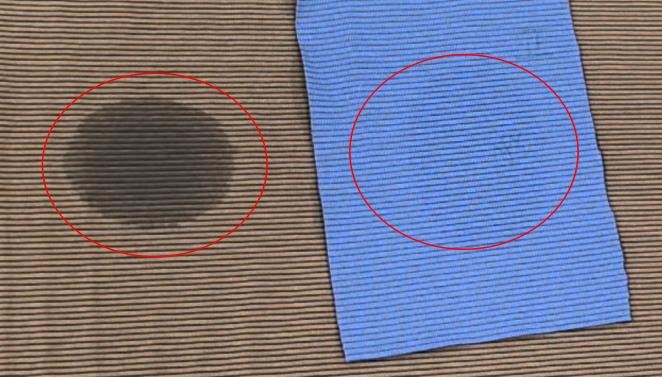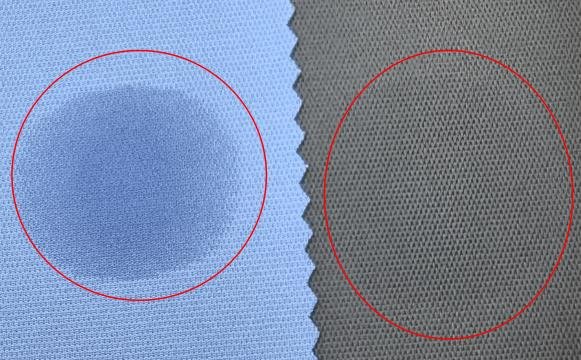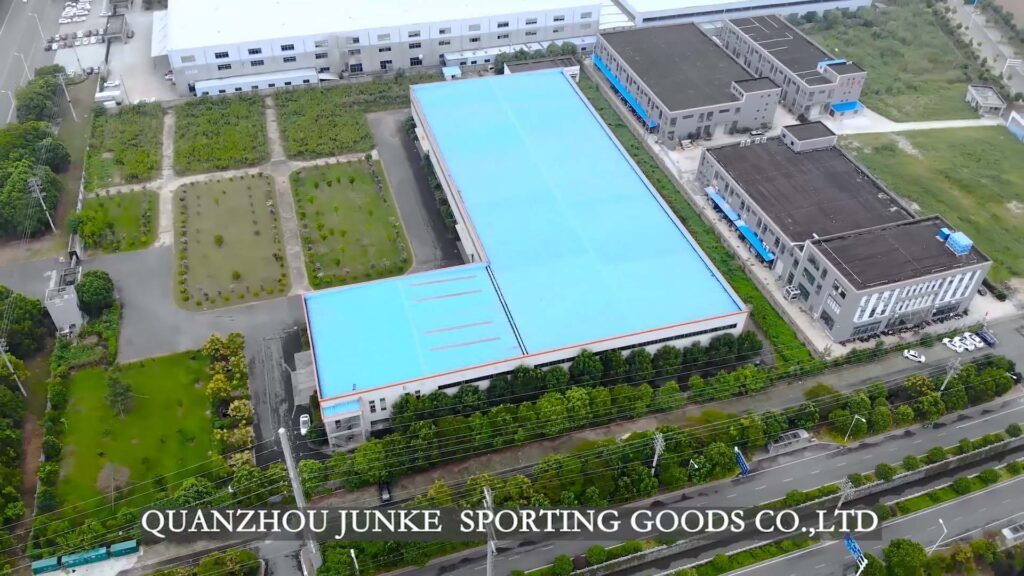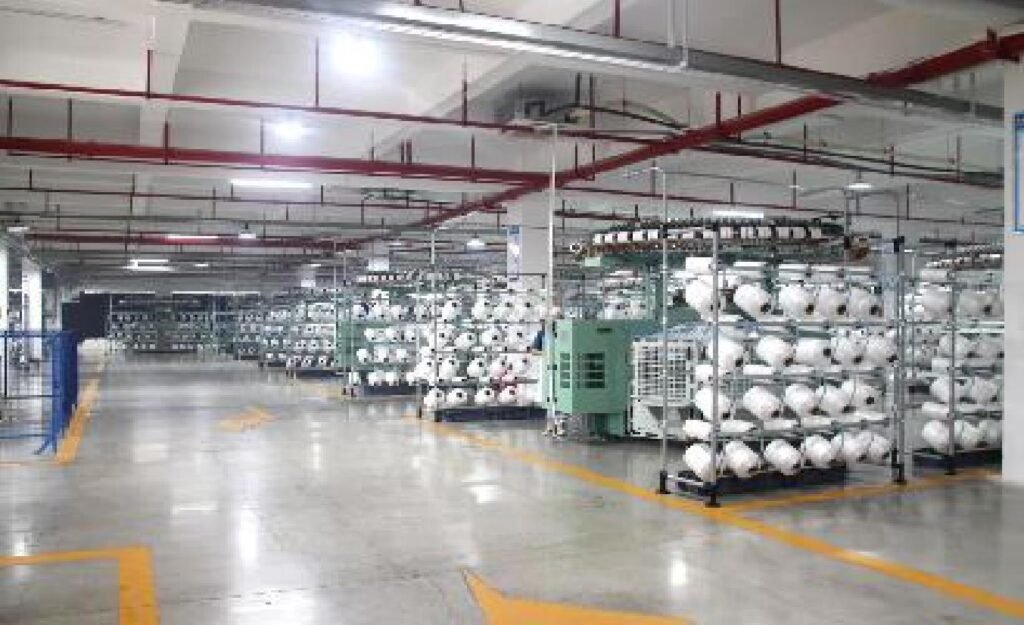Abstract
The global textile industry is undergoing significant shifts, prompting businesses to reassess their sourcing strategies. While local sourcing offers certain advantages, the decision to engage with overseas suppliers, particularly those in China, necessitates a comprehensive understanding of the associated benefits and challenges. This article explores the nuanced advantages of sourcing fabric from China, moving beyond the traditional perception of mere low cost. It delves into five surprising benefits, including vast variety, technological innovation, and reliable quality, offering insights for businesses comparing international and domestic sourcing options to optimize their supply chains for efficiency and competitiveness.
Table of Contents
- Sourcing from China: More Than Just Low Cost
- Benefit 1: Unlocking Significant Cost Advantages for Wholesale Fabric
- Benefit 2: Unparalleled Variety and Scale for Every Textile Need
- Benefit 3: Cutting-Edge Innovation in Fabric Technology and Design
- Benefit 4: Dispelling Quality Myths and Ensuring Reliability from Chinese Fabric Suppliers
- Benefit 5: Flexibility and Customization for Your Unique Garment Fabric Requirements
- Navigating the Supply Chain: Efficiency in Global Fabric Sourcing
- Choosing the Right Chinese Fabric Suppliers: Key Considerations
Sourcing from China: More Than Just Low Cost
The narrative surrounding sourcing from China often centers on cost-effectiveness. While competitive pricing remains a significant factor, it no longer represents the sole or even primary advantage of engaging with Chinese fabric suppliers. The global supply chain landscape has evolved, and China has adapted by developing more efficient and advanced manufacturing ecosystems (Fiducia China). Businesses seeking to source successfully from China must look beyond the initial price tag to fully appreciate the strategic benefits offered by its textile industry (Wise).
China’s transformation from a low-cost manufacturing hub to a sophisticated global production powerhouse has introduced new dimensions to its sourcing appeal. The focus has shifted towards enabling faster and more integrated supply chains, leveraging a robust infrastructure that supports large-scale production and rapid innovation. This evolution signifies that the decision to source fabric from China is increasingly driven by a confluence of factors, including efficiency, capacity, and specialized capabilities, rather than solely by lower labor costs, which have seen an upward trend. Understanding these broader advantages is crucial for businesses aiming to optimize their global sourcing strategies.

Benefit 1: Unlocking Significant Cost Advantages for Wholesale Fabric
One of the enduring and primary advantages of sourcing from China remains the significant cost savings, particularly for wholesale fabric. The sheer scale of production and the highly developed manufacturing infrastructure in China enable manufacturers to achieve economies of scale that are often unattainable in other regions. This allows for highly competitive pricing across a vast range of textile products, from basic raw materials to finished fabrics.
Purchasing textiles in bulk from Chinese suppliers can lead to substantial cost reductions per unit, which directly impacts a business’s profit margins (Direct Textile Store). Beyond the per-unit cost, the established networks and high volume of production can also contribute to lower overheads associated with sourcing and logistics. Moreover, engaging in wholesale purchasing fosters a foundation of trust and dependability between the buyer and the supplier, paving the way for more favorable terms and long-term partnerships (Spandex Warehouse). These economic benefits extend across various textile types, including different kinds of garment fabric and other cloth material, making China a compelling option for businesses prioritizing cost efficiency without compromising on volume.
Benefit 2: Unparalleled Variety and Scale for Every Textile Need
China’s textile industry is characterized by its immense diversity and colossal production capacity, offering an unparalleled range of fabrics and materials to meet virtually any textile requirement. This vast ecosystem allows buyers to access an extensive catalog of options, from conventional cottons and silks to highly specialized synthetic blends and innovative functional textile products. Whether the need is for durable industrial fabrics or specific performance materials like wholesale anti-sweat fabric, Chinese manufacturers possess the capability to produce it at scale.
The ability to scale production to meet large order volumes is a critical advantage for businesses, ensuring consistent supply even for high-demand products. This extensive capacity is not limited to standard textiles; it also encompasses niche markets and emerging materials, providing businesses with a comprehensive sourcing solution. The continuous innovation within the Chinese textile sector further expands this variety, contributing to advancements such as sustainable textile recycling initiatives that create new value chains (Scaling textile recycling in Europe). This combination of variety and scale positions China as a leading global supplier for diverse textile needs.
Benefit 3: Cutting-Edge Innovation in Fabric Technology and Design
Beyond mass production, China’s textile industry has made significant strides in research and development, positioning itself at the forefront of fabric technology and design innovation. Chinese manufacturers are increasingly investing in advanced machinery and scientific research, leading to the creation of novel fabric types and improved functional materials. This includes advancements in areas such as performance textiles that offer enhanced properties like moisture-wicking, thermal regulation, and durability.
Examples of this innovation include the development of cutting-edge materials that can perform multiple functions, such as generating energy or providing advanced protective qualities (Specialty Fabrics Review). Furthermore, there is a growing emphasis on incorporating smart technologies and sophisticated design principles, as seen in the emergence of 3D fabric and other avant-garde textile solutions that offer enhanced comfort and aesthetic appeal (Audaces). These technological advancements enable businesses to develop products that are not only competitive in terms of price but also superior in terms of performance, design, and market differentiation, moving beyond basic production to offer high-value solutions.
Benefit 4: Dispelling Quality Myths and Ensuring Reliability from Chinese Fabric Suppliers
A common misconception regarding Chinese textile products pertains to their quality. While initial experiences with low-cost, lower-quality goods might have propagated this myth, reputable Chinese Fabric Suppliers adhere to stringent international quality standards and employ robust quality control practices. The industry has matured, with many manufacturers prioritizing quality assurance to compete effectively in global markets.
To ensure quality, businesses are advised to implement specific verification protocols. These include conducting thorough supplier verification processes, meticulously requesting and evaluating product samples, and establishing clear quality benchmarks prior to production (Made-in-China Insights). Many established Chinese suppliers have extensive networks and quality control departments dedicated to ensuring that products meet specified requirements, which can also contribute to reducing lead times (Lemon8). By engaging with reputable suppliers and implementing diligent oversight, businesses can effectively mitigate quality risks and secure reliable, high-quality textile products. The key is due diligence and establishing a clear understanding of quality expectations from the outset of the partnership.
Benefit 5: Flexibility and Customization for Your Unique Garment Fabric Requirements
Chinese fabric manufacturers offer a high degree of flexibility and customization, a significant advantage for businesses with specific design or functional requirements for their products. Unlike some highly standardized production models, many Chinese suppliers are equipped to handle custom orders, allowing for precise tailoring of materials to align with unique product specifications. This capability is crucial for businesses aiming to differentiate their offerings or cater to niche markets.
Whether it involves custom blends, specific weaves, unique finishes, or specialized treatments for a particular garment fabric, Chinese suppliers often have the capacity and willingness to accommodate these requests. This flexibility extends to order volumes, with many suppliers being adaptable to both large-scale production and more moderate quantities, depending on the complexity of the customization. Effective supply chain management and strong collaborative relationships with suppliers are critical to leveraging this flexibility, ensuring that custom requirements are accurately met and delivered efficiently (Leverstyle). This adaptability ensures that businesses can produce items, such as custom corporate clothing, with tailored fabric properties that meet their exact needs (Merchology).

Navigating the Supply Chain: Efficiency in Global Fabric Sourcing
China’s role as a global manufacturing hub has led to the development of a highly efficient and well-established supply chain and logistics infrastructure. This infrastructure is a critical component in ensuring the timely and cost-effective delivery of fabric materials worldwide. From inland transportation networks to major shipping ports, the system is designed to handle large volumes and complex international shipments.
Navigating this global textile maze requires strategic planning to address various logistical challenges and optimize performance (LinkedIn). This includes selecting appropriate shipping methods, managing customs procedures, and ensuring effective communication across the supply chain. For many businesses, partnering with a fabric sourcing agent can be instrumental in streamlining this process, as they can assist with identifying reliable mills, negotiating prices, ensuring quality control, and managing the intricate logistics from production to delivery (Bridal Sourcing). This robust logistical framework facilitates a smooth flow of cloth material and other textiles, making global sourcing from China a viable and often advantageous option for businesses worldwide.
Choosing the Right Chinese Fabric Suppliers: Key Considerations
The success of sourcing fabric from China largely hinges on the ability to identify, vet, and establish strong partnerships with reliable and high-performing fabric suppliers. This process requires a systematic approach and consideration of several key factors beyond initial pricing.
When evaluating potential partners, businesses should assess their production capabilities thoroughly. Requesting product samples is an essential step to inspect the quality of their output firsthand and verify that it aligns with specific requirements (Domatters). Furthermore, understanding a supplier’s certifications, quality control processes, and adherence to international standards provides crucial insights into their operational integrity. Communication channels and responsiveness are also vital for effective collaboration, particularly given potential time zone differences. Businesses may consider engaging a fabric sourcing agent who can guide them through the selection process and align with their specific business needs, ensuring a more seamless and secure sourcing experience (LinkedIn).
| Consideration | Description | Actionable Advice |
|---|---|---|
| Production Capability | Assessing a supplier’s capacity, machinery, and ability to meet demand and specifications. | Request factory tours (virtual or in-person), evaluate production volumes, and inquire about lead times for various order sizes. |
| Quality Control (QC) | Understanding the supplier’s internal quality assurance processes and adherence to standards. | Request QC documentation, conduct third-party inspections, and review past client testimonials on quality. |
| Communication & Responsiveness | The clarity, frequency, and promptness of communication from the supplier. | Evaluate initial response times, clarity of information provided, and willingness to address inquiries and concerns. |
| Certifications & Compliance | Verification of international standards (e.g., ISO, Oeko-Tex) and ethical certifications. | Request copies of relevant certifications and verify their validity with the issuing bodies. |
| Flexibility & Customization | The supplier’s willingness and ability to accommodate custom orders and specific requirements. | Discuss specific customization needs early, assess their R&D capabilities, and review their portfolio of custom projects. |
Conclusion
The decision to source fabric from China extends far beyond the simplistic advantage of lower costs. It represents a strategic choice for businesses seeking to leverage a dynamic and evolving industry that offers unparalleled variety, innovative fabric technologies, and significant production scale. While initial perceptions regarding quality may persist, diligent vetting and robust quality control practices can ensure reliability and adherence to international standards. The inherent flexibility and customization options, coupled with an efficient global supply chain, make Chinese fabric suppliers a compelling option for businesses aiming to optimize their operations and gain a competitive edge. Navigating this landscape successfully requires informed decision-making, a focus on long-term relationships, and a commitment to rigorous due diligence, ultimately allowing businesses to harness the full spectrum of benefits offered by global sourcing from China.
Sources
Looking For Textile Supplier? Get Wholesale Price From Us Now





![[JuncoMaterials]Sourcing from China: 5 Surprising Benefits of Using Chinese Fabric Suppliers](https://materials.juncosports.com/wp-content/uploads/2025/07/image-20.jpg)
![[JuncoSports]Where to Find Affordable Wholesale Fabric Materials Without Sacrificing Quality](https://materials.juncosports.com/wp-content/uploads/2025/07/image-6.jpg)